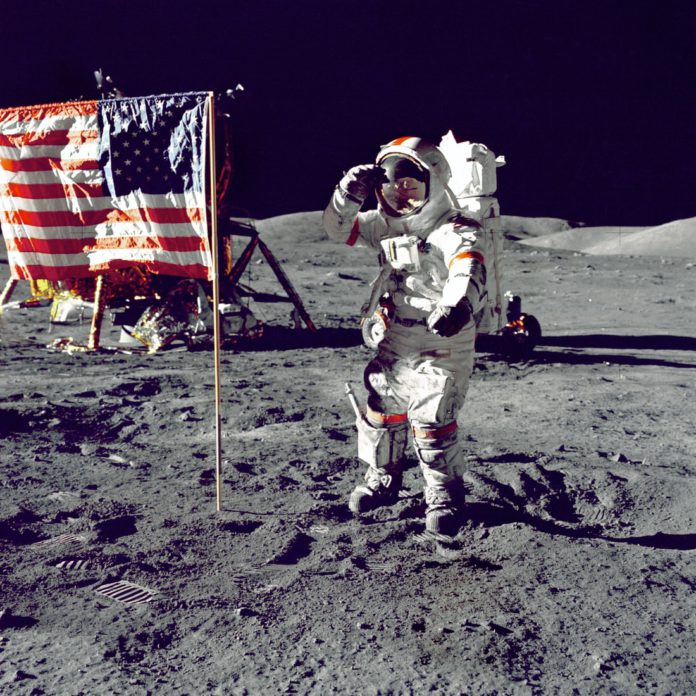
“Houston, we’ve had a problem here,” said astronaut and Denverite Jack Swigert aboard Apollo 13 in April 1970. The phrase would become the second most famous phrase in U.S. space history. The Apollo 13 crew piloted the spacecraft around the moon, foregoing its lunar landing, and returned safely to earth six days after an oxygen tank exploded on board, jeopardizing the mission and the crewmen’s lives. Events like the moon landing in 1969 and other Apollo missions fed public fascination with space travel, and an uptick in spacecraft and aerospace product production began in Colorado.
The state is often cited as one of the leading aerospace economies in the U.S. and hosts hundreds of aerospace companies. “Aerospace Alley” consists of the largest of these companies that have either headquartered in Colorado or have a facility here. Ball Aerospace in Broomfield is an arm’s throw away from Lockheed Martin and both companies are just a short drive from aerospace giant Boeing in Aurora.
Colorado is also home to the North American Aerospace Defense Command, more commonly called NORAD. The state houses the Consolidated Space Operations Center at Schriever Air Force Base, and U.S. senators from Colorado, as well as those from New Mexico, Nebraska and California, are still fighting for U.S. Space Command to be permanently headquartered in the state.
With so many aerospace companies and federal facilities in Colorado, it’s not a surprise to see space law lifting off as a practice area in the state. Law Week earlier this year spoke with Skip Smith, a partner at Sherman & Howard, about a contracting effort to get the world’s first private astronauts into space. Beyond that recent astronomical achievement, the practice is ever-expanding to meet the needs of new regulatory standards.
The regulatory sphere is mostly made up of international treaties dealing with space exploration and extraterrestrial flight launches. Law Week previously reported that under the 1976 international Outer Space Treaty, anyone operating in space must follow a web of regulations and submit to governmental oversight. Space law practitioners deal with many regulatory issues, ranging from insurance and corporate matters to environmental impacts and health and safety.
While Colorado’s ties to space are more deeply rooted than the famous line from Swigert, he remains a fixture in state history. His flight suit and several other personal objects are kept at the History Colorado Center in Denver and were featured in a 2019 exhibit showcasing 100 objects that define the Centennial State.
Even though Swigert was a last-minute addition to the Apollo 13 team, he impressed NASA and the country with his performance and was awarded the Presidential Medal of Freedom on his return. He later ran for and won Colorado’s 6th Congressional District seat in 1982, but he died of complications from cancer just a week before starting his first congressional term. He is buried at Mount Olivet Cemetery in Wheat Ridge, and Denver International Airport displays a statue of him, a duplicate of one displayed at Emancipation Hall in the U.S. Capitol Visitor Center.

